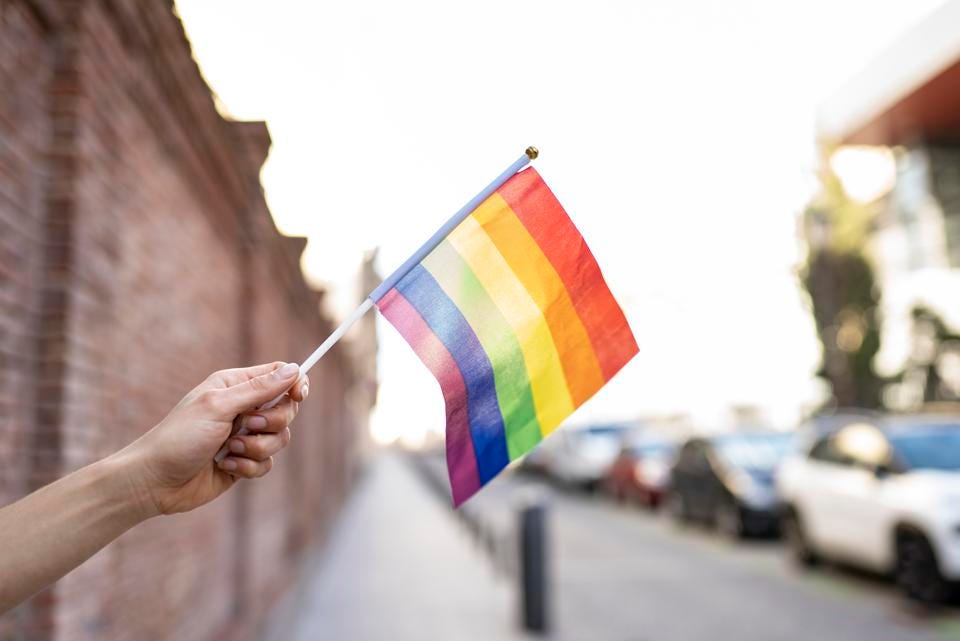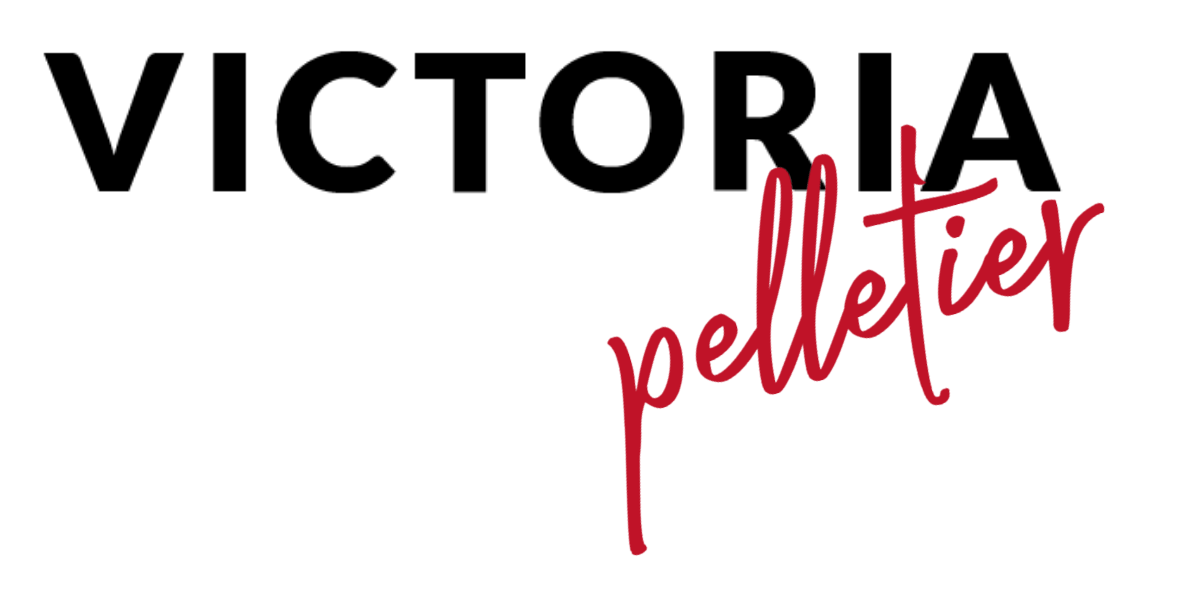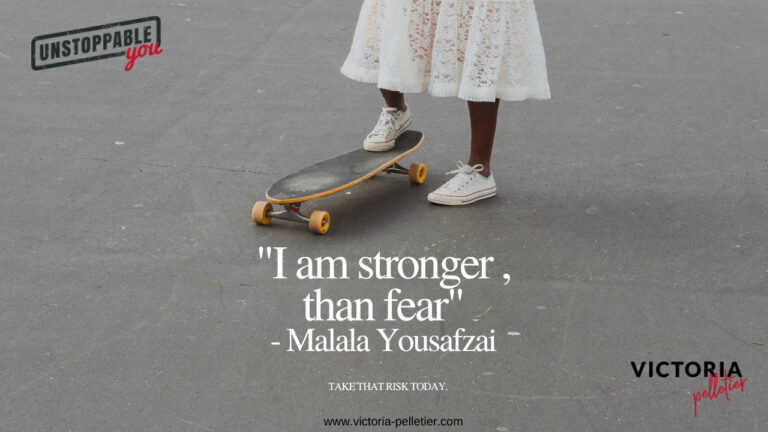
Three Ways Leaders Can Step Up For LGBT+ Employees
It’s not easy to be an LGBT+ executive.
Years ago, I would introduce my wife at corporate events as “my other half,” concerned about reactions from my business clients with strong religious beliefs. Covering — changing your partner’s pronouns, the way you dress or speak or behave — is exhausting. Fast forward to present day, I am re-married to a man, and people who knew my ex-wife are often shocked or surprised.
Over my 20-plus year career, I’ve encountered microaggressions, inappropriate comments and incorrect assumptions from well-meaning colleagues who may be coming from a positive place but express themselves poorly due to binary views or a lack of understanding. As an out bisexual female executive and parent of a teenage daughter who identifies as queer, I deeply understand how it feels to be marginalized.
We’ve come a long way, but despite a year of intense global focus on social justice issues, discrimination against LGBT+ people is still very real — in life and in the workplace — with 45% of gay, lesbian and bisexual Americans reporting that their employer discriminates against people of their sexual orientation, according to an IBM Institute for Business Value study.
I’m personally invested in advancing a more equitable and inclusive workplace and am inspired by the way some in the business world have been leading the way in driving greater diversity and inclusion in society, advocating for employees in and out of the workplace. Here are three things employers and corporate leaders can do to meaningfully step up for their LGBT+ employees.
1. Consider identity on holistic and intersectional levels.
Society today is far more aware of the importance of intersectionality in this conversation, especially in the workplace. With the social justice reckoning and anti-racism protests that emerged after the death of George Floyd and rising violence against Asian Americans, organizations must consider employees’ holistic experience across sexual orientation, gender, race, neurodiversity and more.
Based on my own lived experience, I’ve seen how an unspoken hierarchy across the LGBT+ spectrum shows up in communities and in workplaces. Marginalization and discrimination often become more severe where identity intersections are the most complex. That means leading companies must be sensitive to the unique needs of various groups and deploy critical tools such as safe spaces for dialogue, especially during the pandemic when many employees of all backgrounds are facing mental health concerns and new kinds of stress. Many clients I work with around the world have also begun using cloud-based collaboration tools and mini pulse surveys to better understand how employees are doing and gather feedback.
2. Prioritize education to encourage a culture of empathy and upstanding.
Education to fight ignorance is not the responsibility of the LGBT+ community or other marginalized people — it’s up to every individual. Corporations can step up to provide guidance across all levels and roles on empathetic leadership and addressing bias in the workplace. This training is critical to address and root out inappropriate language and microaggressions. Bystander intervention training, especially when practiced and modeled by leaders, is also key to creating more inclusive cultures.
3. Set LGBT+ friendly workplace policies and recruitment approaches to improve representation.
Historically we have not had many role models of LGBT+ leaders in business, though that is changing, with great examples like the Fast Company Queer 50. Our IBM study shows only 7% of senior executives in the U.S. identify as lesbian, gay or bisexual. Having successful LGBT+ people in positions of power and authority provides role models of different kinds of leadership and opens more doors for marginalized groups.
Companies can both attract and retain candidates across the LGBT+ community with policies such as family leave policies that are inclusive to LGBT+ people and other benefits that are created through dialogue about what the community needs with LGBT+ employees. Leaders should also carefully consider how their recruiting materials like job descriptions and marketing messages are written to ensure they are inclusive — AI can help to identify biased language and recommend improvements.
Non-discrimination is only a step toward full inclusion. Each one of us has a diversity of lived experiences, and different dimensions of our identity affect how we live and show up to work every day. Personally, it has been incredibly helpful to have a network of colleagues, mentors and sponsors at work who support me — and clients who seek out my perspective as they work to make their organizations more inclusive.
This work is not simple; there is always more we can and should do as leaders. I am hopeful as I work with CHROs every day who are hungry to take action on this, reinventing their HR functions, programs and policies to create truly inclusive and innovative workplaces where people can be their full selves.



